Trauma is a deeply woven thread in the fabric of human experience, leaving an indelible mark on the lives of those who have endured it. Among the myriad forms of trauma, post-traumatic stress disorder (PTSD) stands as a sentinel, its effects echoing long after the traumatic event has passed.






